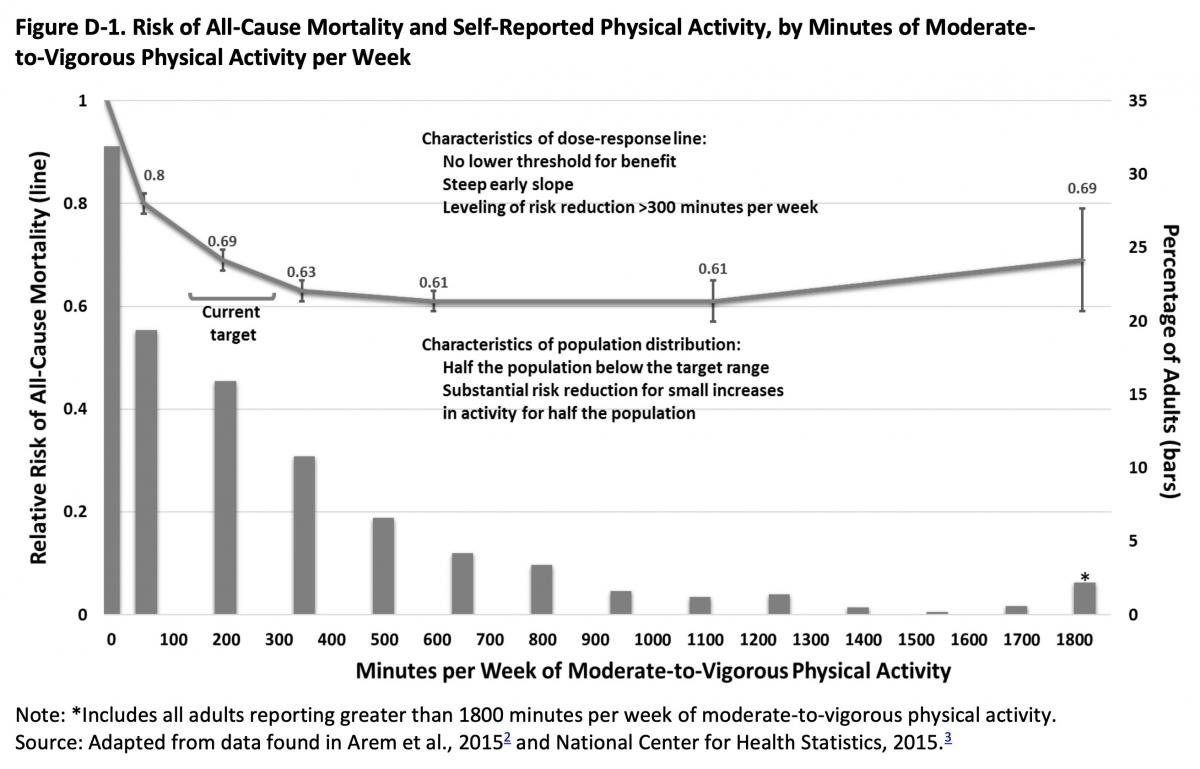
Long ago, when my dog Tassie and I got to raising ruckus in the house, my mother would scold me, cite rules about rough-housing and then tell me to “Go outside and play” (on which I’ve previously written).
In contrast to today, kids in my era played unsupervised. We just had to tell our parents where we were going, what we were doing and had to come inside when the street lights came on. Sometimes on weekends, I rode my Schwinn around my neighborhood, by myself, all day long without a care in the world. Yes, we got some scars from risk-taking, likely more than if we’d been supervised. I know some kids weren’t as lucky and ended up badly hurt or killed. As a sports medicine doc who believes in promoting exercise, when I examine a patient I enquire about scars on the legs and arms that look to be important “marks of childhood”.
As an adolescent, I turned out to be a pretty good runner, so took up track and cross country and – of course – ran outside. I used to log my workouts, measure my resting heart rate, weigh myself frequently, etc., in the interest of improving performance. As I age, I’m more worried about losing muscle mass so I log powerlifting workouts but don’t track the aerobic stuff anymore.
Is this attention to “exercise dose” always necessary? I often wonder if medicalizing play has been a mistake - turning some activity that is intended to elicit the joy of life – going outside to play – into obsessing over target heart rates or minutes / week of moderate-to-vigorous physical activity [PAG]. Looking back on having spent much of my life exercising, I suspect the health and well-being benefit of exercise stems from the spiritual release that comes with play and with being out-of-doors. Yes, I believe physical stress promotes normal cardiopulmonary, vascular, neuromusculoskeletal and mental function (really all systems), but to me the thing that brings people back again and again is the spiritual release.
The secret of life is enjoying the passage of time.
Any fool can do it, there ain’t nothin’ to it.
- James Taylor, from The Secret of Life (YouTube)
Last week I joined some friends on a trip to the Outer Banks of North Carolina. In my late adolescence I spent many weekends on a sailboat. I love sailing, so after I quit competitive running I took up windsurfing. I never really liked sitting in the cockpit steering, what I liked was working on the foredeck, being thrown about by the waves, getting splashed and wrestling with sails. Sounds like windsurfing!
One attribute of sailing, really of all kinds from the tiniest of kiteboards to the largest of yachts, is that you really can’t sail and think about anything else. Windsurfing is total mind immersion in something simple yet delightful – reveling in the wind, the waves and the warmth of the sun (and sometimes the rain), all while skimming over the water and jumping like a dolphin! That is spiritual release.
Our rental house was on the water’s edge of Hatteras Sound, so we were visited by the native fauna looking for something to eat. I was a little disappointed not to see a sea otter, in prior visits we’ve seen otters eating crab on the breakwall. But a mockingbird sing to us every day! Mockingbirds are the jazz players of the avian world, constantly scatting improvisations. I wonder, are they saying something or just giving their rendition of a melody that they like? Whatever, mockingbirds have a joyous call.
One evening around dusk, we heard a great horned owl. Fun until about 4 AM when the owl chose to roost outside my bedroom window and hoot until dawn! The owl kept me from a deep slumber, but I was more glad that he was there than I was annoyed at being awakened.
A recent study examined the role of bird songs on mental health. [Mitchell] If you read the methods, it was a dry clinical study - recorded bird songs heard through headphones reduced anxiety when compared to recorded traffic sounds. It’s easy to imagine that hearing real bird songs heard in the wild relieve anxiety compared to exposure to real traffic!! Other researchers have looked at the role of green space on mental health, and found that exercise in green environments just once a week reduces the risk of poor mental health by 50%. [Barton]
We know that the first bit of exercise you do every week has the most impact in lowering your risk of cardiovascular events and all-cause mortality (see figure below).

If you like going to the gym and helps you stick with your exercise program, by all means go to the gym. I do. But the nascent bird song and green space research is suggesting that being outside has great health benefits.
So try combining the two by going outside to play. Vacations are great, but our minds have a constitutive need for spiritual release; your brain needs it, yearns for it every day. Going outside to play will help you release your troubles, find a sense of your place here on Earth, revel in the wonder of the life and recharge your spirits.
And are we ever too old to risk giving ourselves another mark of childhood?
References
2018 United States Dept. of Health and Human Services Physical Activity Recommendations
https://health.gov/our-work/nutrition-physical-activity/physical-activity-guidelines
2018 Physical Activity Guidelines Advisory Committee. 2018 Physical Activity Guidelines Advisory Committee Scientific Report. Washington, DC: U.S. Department of Health and Human Services, 2018.
Barton J, Rogerson M. The importance of greenspace for mental health. BJPsych Int. 2017;14(4):79-81.
Cornell Lab of Ornithology
https://www.birds.cornell.edu/home/
Mitchell R. Is physical activity in natural environments better for mental health than physical activity in other environments?. Soc Sci Med. 2013;91:130-134.
- GE Moore MD's blog
- Log in to post comments
- Follow our Blog
